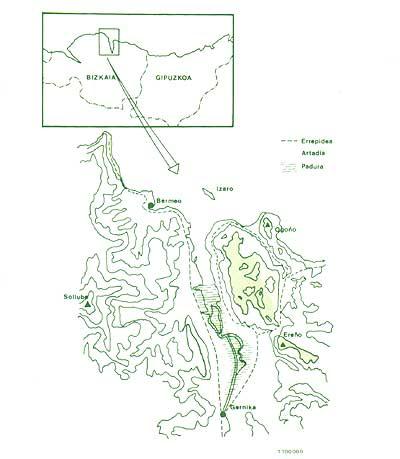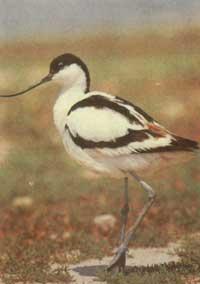Ria de Mundaka: ecological walk
1988/02/01 Hernandez Ruiz de Olano, Ricardo | Galartza, Aitor Iturria: Elhuyar aldizkaria
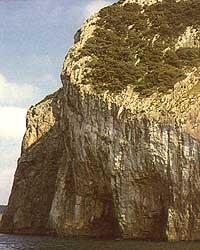
The main characteristic of the coast is its beauty. The rugged beaches and cliffs, from Matxitxako to Ogoño, attract thousands of tourists. The island of Izaro, located in the center of the estuary, and the vertical slopes of Ogoño are one of the few ornithological paradises existing in the Basque Country. In fact, in Ogoño are located important populations of waterbirds (Argéntea Gull, Shadowy Gull and Moñudo Cormorant), as well as some cave predators (Peregrine Falcon and Red Falcon).
Entering the estuary, from the bar of Mundaka, we can find beaches and areas of silts and clays, called in ecological sense marshes. These marshes are represented by reeds in their highest areas, in the humid areas created by the meanders of the Oka River as they pass through Foru and Kortezubi.
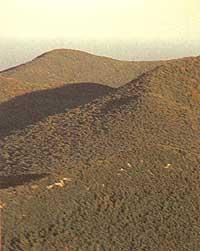
The flora and fauna of these humid aspects is of great importance, as many scientific studies have shown. The importance of this Gernika marsh for migratory and wintering birds is fully recognized internationally, so several European institutions have shown their interest in protecting this space. The different birds observed in the estuary are more than 200 of which more than 100 are related to this type of wetlands. On the other hand, the survival of some endangered waterbirds, such as the Spatula, requires the protection of areas such as the Gernika marshes.
The rural area surrounding the hamlet, called landeta, is the true soul of the coastal landscape of the Basque Country and of great ecological importance. Its most important characteristic is the artificial landscape, originated by human action. The structure of this landscape is complex, since it consists of grasslands, crops, hamlets, leafy and pine trees. Consequently, botanical and faunal richness is of the first order. In addition to being the best habitat for the observation of different animals, different scientific research indicates that it is very important for the survival of many small birds from Northern Europe, especially in times like the harsh winters of 1985 and 1987.
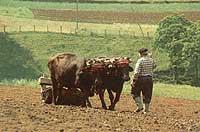
The high areas of the valley are covered by forests. Most forests appear, at least, very naturally impoverished, especially by excessive man-made cuts. And in the time of our ancestors, the mixed forests of oak and leafy, which occupied most of the valley, today have practically disappeared. The conservation of the different forests, plants and animals depends largely on the protection of the bushes of the last mentioned ostozábales. Cantabrian wrapper is still quite widespread. It appears in the limestone mountains of Ereñozar, Atxerre, Foru and Busturia and has an undeniable geological botanical importance. Inside are still Basakatua, Katajineta and Lepazuria. Due to its historical importance, the caves of Atxeta (Foru), Ereñuko Arizti (Ereño) and Santimamiñe (Kortezubi) are known.
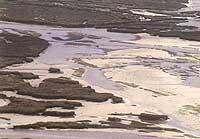
The conservation of this extensive area has been widely mentioned in recent times in the media. This concern has been the result of the different scientific studies that have been carried out.
Among these works, the most important was the one carried out by the Aranzadi Society of Sciences, which served as a basis for UNESCO for the inclusion of this region in the Humanities and Biosphere Program (MAB). This program deals with the conservation of natural spaces and their genetic resources. To do this, the creation of an international network of protected spaces called the Biosphere Reserve is encouraged. The objectives of these protected areas are:
- Preserve the diversity and integrity of animal and plant communities, thus protecting genetic diversity. Provide adequate ways to conduct environmental and ecological research.
- Educational services.
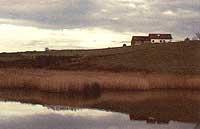
The acceptance of a space as a UNESCO Reserve may have different reasons. Most reserves are representative examples of unaltered natural areas (tropical forests, high mountain ecosystems...). Urdaibai, for its part, was declared a Reserve because it is a very suitable area as a balanced place of a landscape generated by human activity.
The MAB program includes nine national reserves that should enable research and education and ecological studies. To do this, the respective governments must support these reserves, the steps taken by UNESCO, serves to underline the importance of the Urdaibai reserve for society and at the same time offers moral assistance for its conservation.
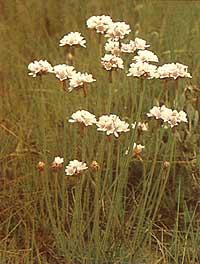
Unfortunately, the protection of the Munda estuary remains unlegislated, even if it is essential. Therefore, what should be done as soon as possible is the elaboration of a specific law for the area of Busturialdea. This law would require the constitution of a board formed by municipalities of the region, associations of baserritarras, cultural groups, environmentalists, etc. The role of the Board of Trustees would be to promote the socio-economic, ecological and pedagogical actions that take place in this area. According to this law, with special protection, the most important and best preserved areas should be delimited.
Its use would be fundamentally cultural and scientific. In this sense, if the coastal cliffs, especially the island and the marshes of Izaro, were bought by the public authorities, it would be very interesting. In this way control would be more precise and actions more appropriate.
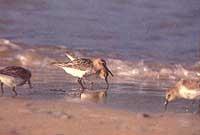
Surrounding and protecting these ecological reserves is the rural area where the farmhouses are located. The first task of the aforementioned Board of Trustees should be the investigation of resources, the impulse of ordinary human activity and the improvement of the rural economy. Within the functions that the Board should have, they should also include the creation of an economic deposit for the baserritarras that carry out actions of conservation of the landscape (maintenance of traditional forests, restoration of ancient farmhouses...) or that, in addition to maintaining the ordinary work of human activity, protect the natural environment. In this way a subsidy could be offered for the actions mentioned.
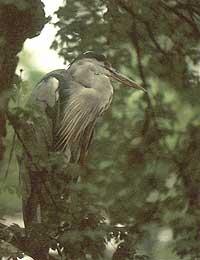
Finally, scientific research and environmental education should be the most important tasks in this protected area. The promotion of agricultural, livestock and fishing resources, research on other types of development, and botanical and zoological studies should be worked. As an example, it would be of great interest to create an Ornithological Center for the study and research of birds. On the other hand, the diversity of habitats present in a very small area makes it an ideal place for the development and promotion of environmental education programs.

Gai honi buruzko eduki gehiago
Elhuyarrek garatutako teknologia




